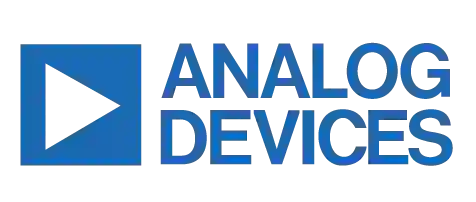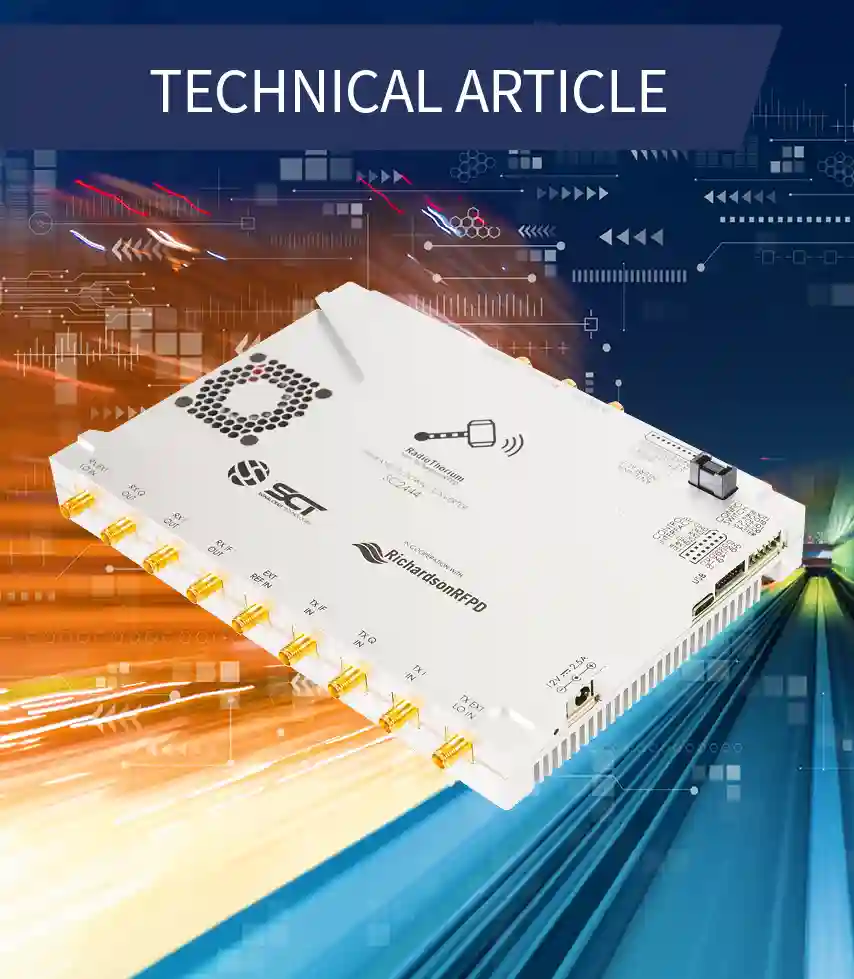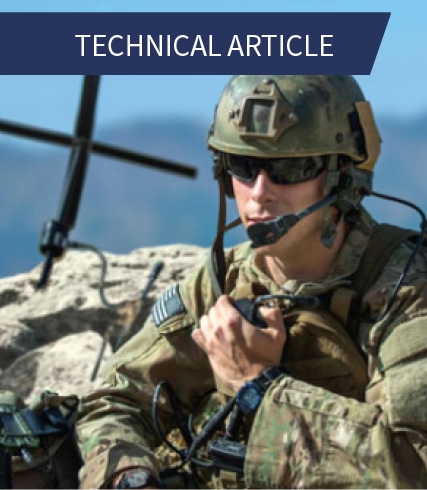Multiband radar and electronic warfare (EW) applications put a high value on wideband, high dynamic range, agile spectral monitoring. Increasingly higher sample rate data converters are allowing architecture changes to the radio front end that shrink size, weight, power, and cost (SWaP-C), maintain performance, and evolve toward software programmable common hardware. We’ll explain the technology advancements enabling this age of wideband software-defined radio expected to transform EW and multiband radar architectures.
The discussion follows a series of frequency planning figures that show the progression of improved wideband spectral scanning methods enabled by advancing data converter technology. The example carried through is a 500 MHz to 18+ GHz EW digital receiver. The annotated figures show for a given approach why the frequency planning is necessary and what allows successive improvements to SWaP-C and flexibility while maintaining dynamic range. In the progression of improving schemes, you’ll see the receiver RF image gets easier to address, which allows software-defined flexibility. The need for tunable preselection to kill multitone IMD2 doesn’t change with the approach and will remain a critical need into the future even as direct sampling grows ever wider.


Related Content

RadioThorium in TDD and FDD Configurations
This use case outlines the procedure and profile setting of the RadioThorium module for baseband TDD and IF-mode FDD configurations.

Next-Generation Military Communications Challenges
The next generation of MILCOM platforms will need to leverage more modern communication technologies that have been developed to enable commercial platforms such as cell phones and Wi-Fi.

A Review of Wideband RF Receiver Architecture Options
This article compares the benefits and challenges of three common receiver architectures: a heterodyne receiver, a direct sampling receiver.